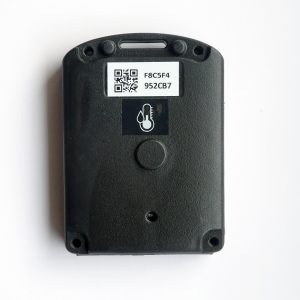We have been receiving enquiries about Bluetooth 5 and how it affects beacons. Some people have even asked “where are the Bluetooth 5 beacons?”
In terms of beacons, Bluetooth 5 provides:
- x4 the range
- x2 the speed
- increase broadcast advertising message size x 800%
The greater range will benefit most new beacon implementations but there are already some Bluetooth 4 ultra long range beacons with output power amplifiers that boost the Bluetooth 4 range from the typical 50m to 300m.
The speed increase probably won’t be noticed as it’s the discovery/connection time rather than the ‘bits per second’ that’s usually the determining factor for the few beacon users who connect to beacons.
Additionally, there’s also deeper access into the physical host controller interface so that the speed and range can be configured to adjust for different scenarios but it remains to be seen if this will be used in beacon implementations.
The most significant change for beacons is the larger advertising data size. This means the beacon can more easily transmit sensor, telemetry or new types of data. It will potentially also allow Eddystone-URL to do away with the need for URL shorteners but, even if this happens, some applications might still use them for other reasons such as easily being able to redirect the URL to elsewhere.
For those of you wanting Bluetooth 5 now, you will need to wait. While there’s already SoC chips, such as the nRF52840, that support Bluetooth 5, other things such as the iBeacon/Eddystone specs need to catch up to (possibly) use the new advertising data size. Also, (new) phones will need to catch up to support Bluetooth 5. After that, Android and iOS will probably need updated OS Bluetooth APIs. Only once the ecosystem is in place will the majority of beacon manufacturers see it’s worth it to release new Bluetooth 5 beacons.
All this isn’t going to happen overnight. When it does, we might end up with a fragmented and more-complicated ecosystem where older Bluetooth 4 phones won’t be able to take advantage of the newer features of the Bluetooth 5 beacons.
